
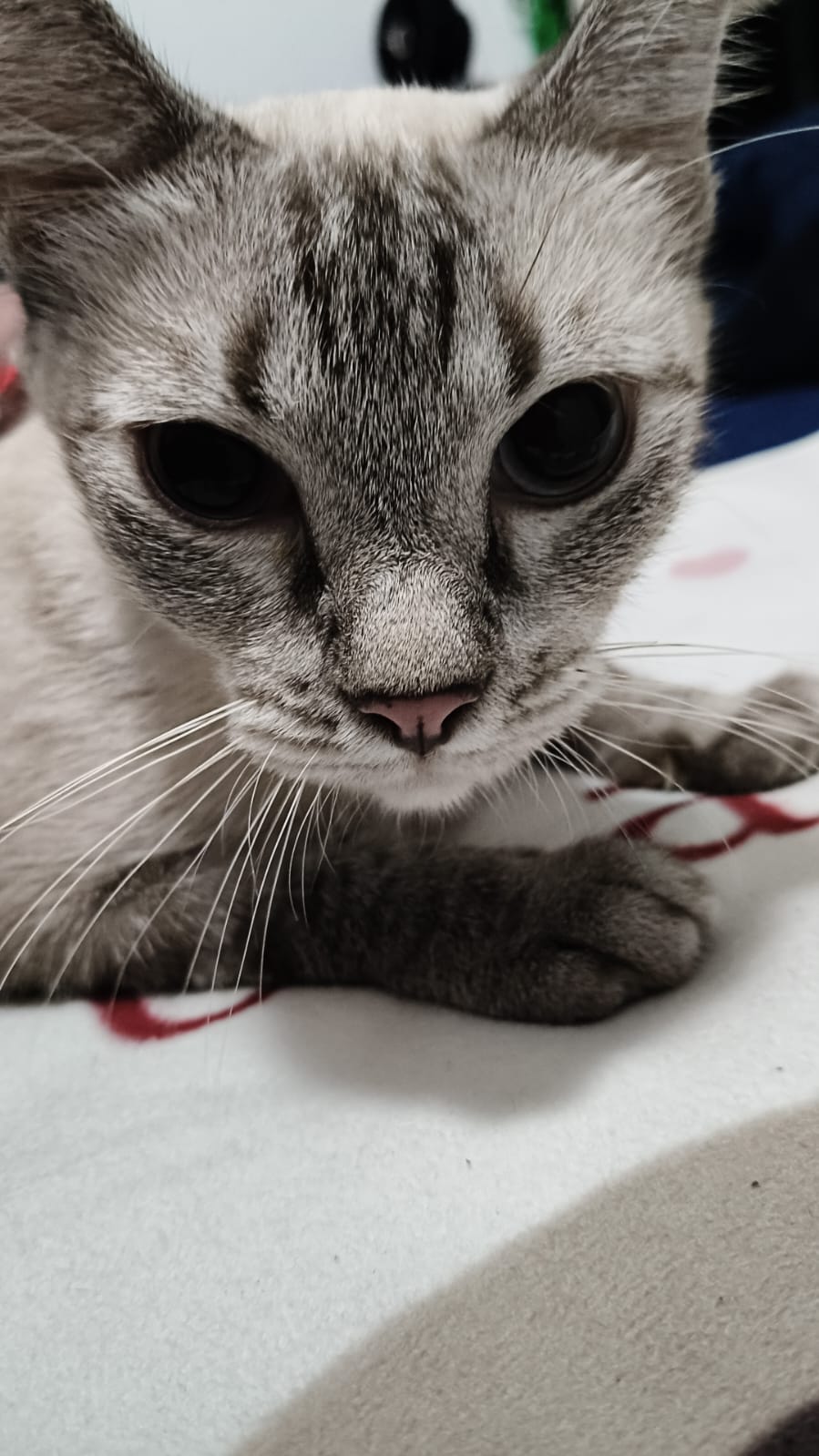

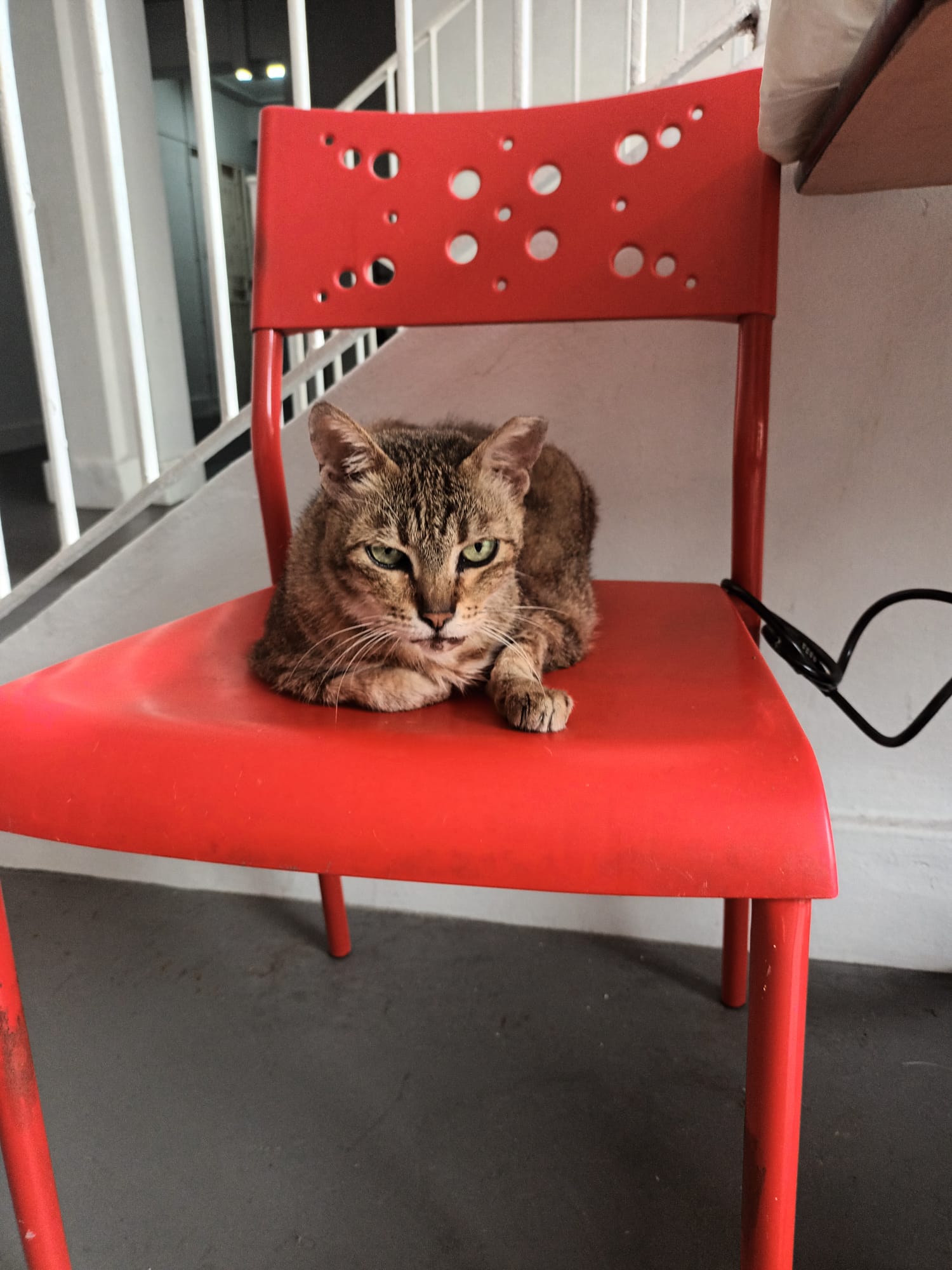
“A story of compassion, courage, and quiet heroes.”

Every rescue begins where someone gave up. These are the cats once loved, then left behind — for rent, illness, inconvenience, or shame. Cats Hope tells of the forgotten ones, and of the few who refused to look away. It is a story of survival through heartbreak, and proof that one small act of kindness can ignite a movement — that compassion means staying, especially when others leave.
Cats Hope: Second Chances for Disowned Cats
They were not born wild.
Once, they slept on sofas, curled beside children, and purred in the soft hum of ordinary homes. Then one day, the door closed behind them — sometimes gently, sometimes with a shove — and they found themselves outside, staring at a world they were never built to survive.
Across cities and countryside alike, millions of abandoned cats now wander streets and alleys once meant for human traffic. They come from every kind of home: the rented apartment where pets were no longer allowed, the move abroad that came too suddenly, the owner who thought “they’ll manage.”
But they don’t manage. They were bred for companionship, not survival. When abandoned, they suffer from hunger, parasites, injury, and fear. Many die quietly, unseen.
The Hidden Cost of Abandonment
Each colony of strays begins with a single act of desertion.
A female cat can give birth up to three times a year, producing four to six kittens per litter. Within one season, one abandonment can become a dozen hungry mouths; within a few years, a neighborhood of ghosts dependent on luck and the occasional kindness of strangers.
Most strays approach people, meowing for food or affection. Their friendliness is their curse — a reminder that they once belonged. Some are rescued, but many are met with kicks, poison, or indifference. In colder regions they freeze; in hotter ones they dehydrate or fall ill. Everywhere, they breed under cars, in drains, in piles of refuse — making life in miniature while dying in slow motion.
These are not “street cats.” They are the disowned — domesticated beings turned wild by human neglect. And their suffering is not inevitable; it is created.
The Ones Who Step In
In almost every country, the real defense against this crisis comes not from institutions but from individuals — the quiet network of volunteers who feed, trap, sterilize, medicate, and rehabilitate.
They wake before dawn carrying tins of food, carry sick cats to clinics after work, and nurse litters through sleepless nights. They call themselves feeders, rescuers, fosterers, but what they are, in truth, are witnesses — people who refuse to look away.
Every rescue story begins the same way: a frightened, starving cat in a corner; a stranger kneeling with food.
Then comes the long work of healing — the slow, patient re-teaching of trust. Some cats never recover fully; others, miraculously, remember love. Each one adopted is a victory against despair.
Where Compassion Meets Conscience
Cats Hope was born from such stories. It stands for the simple conviction that no life once loved should ever be discarded. It is not merely rescue work — it is restoration, an act of moral repair.
For those who foster or adopt, the change runs both ways. The cat finds safety; the human rediscovers empathy. In the quiet rhythm of feeding, cleaning, and caring, something deeper heals — the fracture between humanity and the life it once claimed to cherish.
Compassion is not sentiment. It is responsibility made visible.
The Economics of Mercy
Behind every photograph of a rescued cat lies an unpaid bill — food, medical care, sterilization, transport, shelter space. Few rescuers are wealthy. Most juggle jobs, debts, and fatigue. Yet they persist because the alternative is unbearable.
In some regions, community networks and non-profits coordinate sterilization drives. Elsewhere, the burden falls entirely on citizens. And while policies differ from country to country, one truth remains universal: without human intervention, suffering multiplies.
The goal is not only to save individual lives, but to break the cycle — through sterilization, education, and enforcement against abandonment. Prevention, not pity, is the true measure of progress.
The Stories Behind the Eyes




Donut once lived in a drain. Now he is with his new forever home. He does not know how to eat wet food as he was obviously raised eating cheap kibble. He will undergo training to learn the goodness of wet food, a necessity as cats evolved in the desert, and got most of their moisture from their prey.

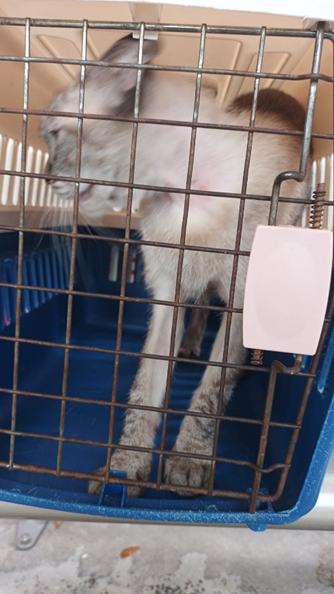
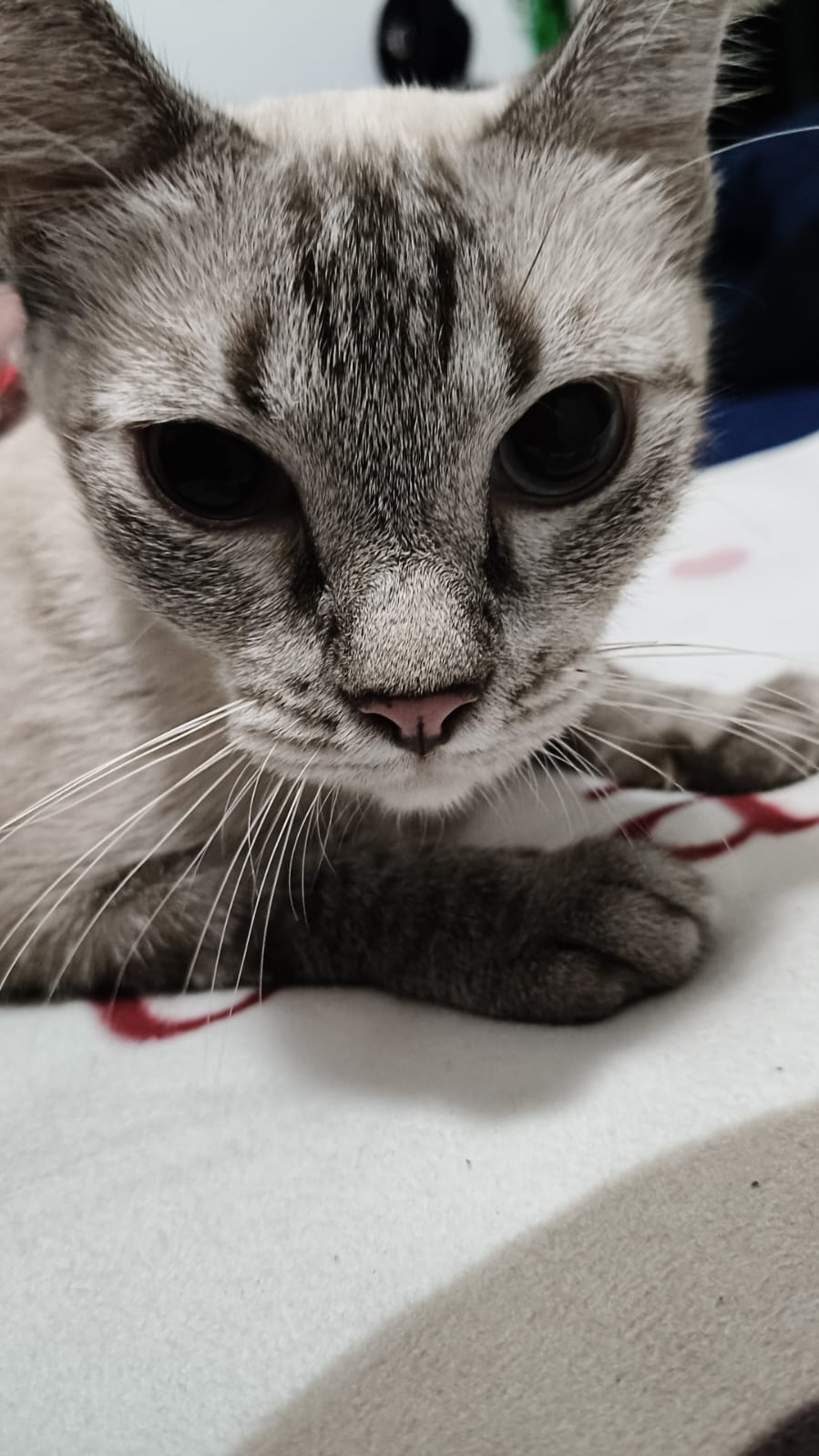

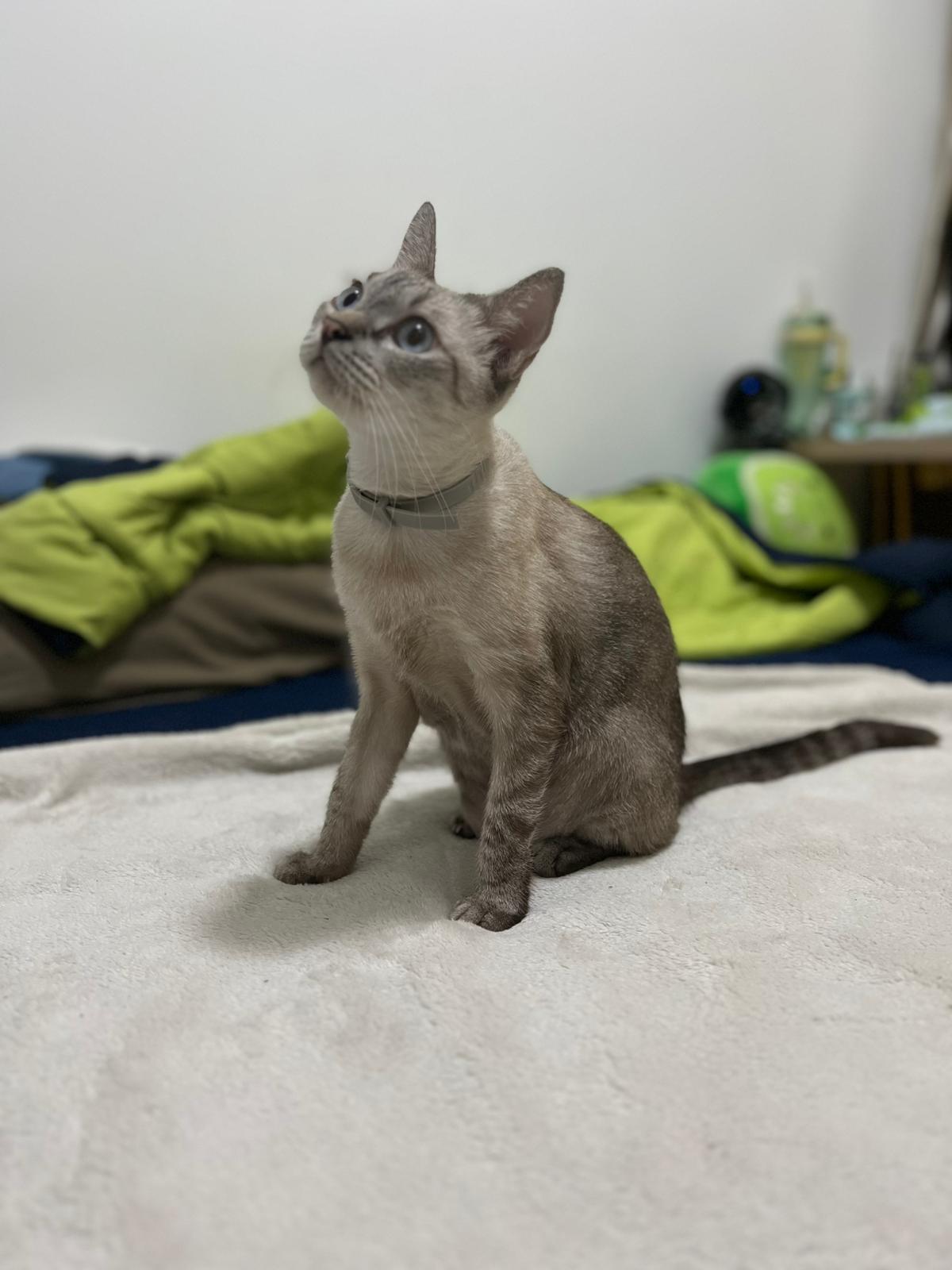

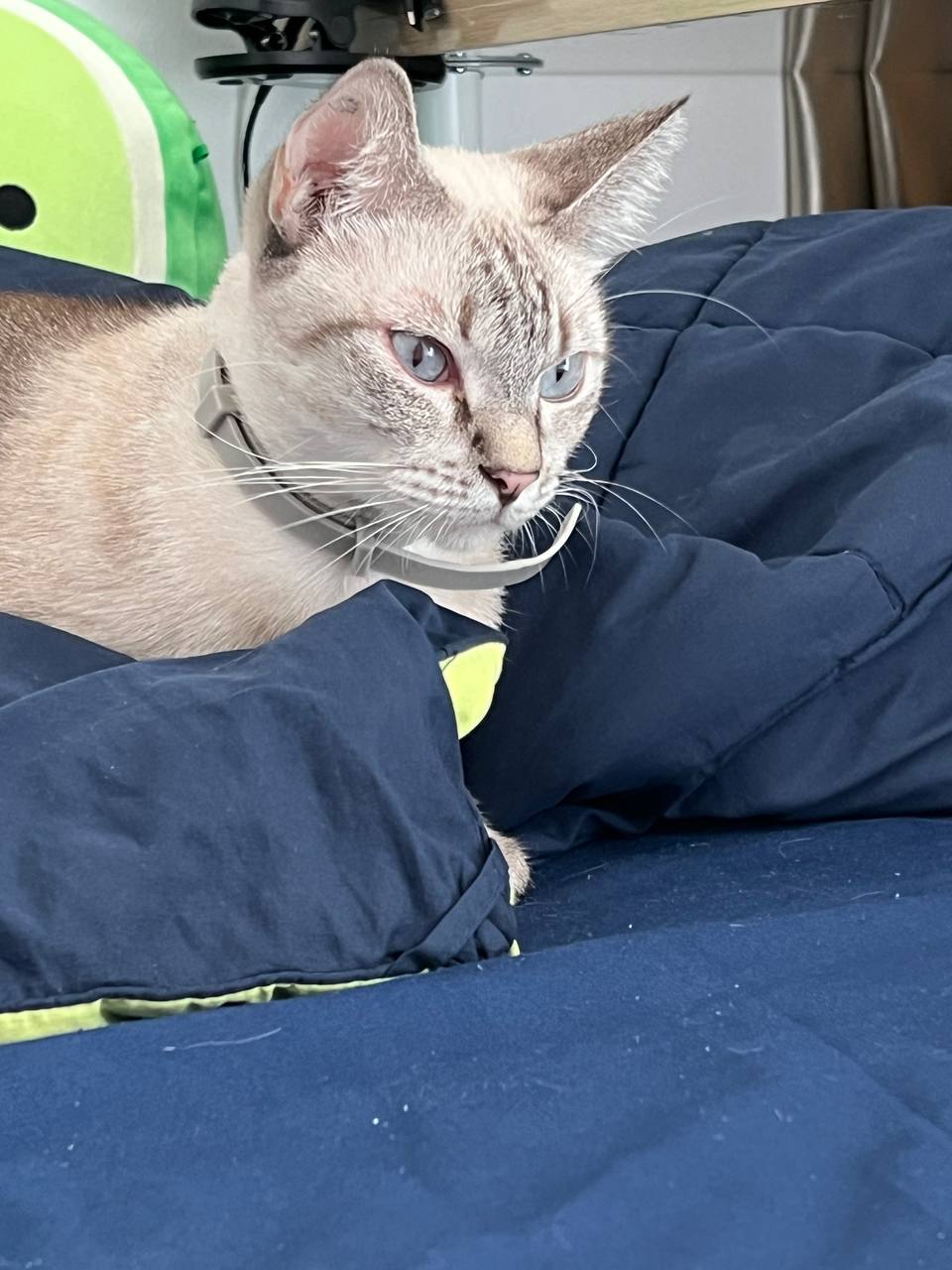
Lady Lyra found nearly bald, covered with bite marks over her neck and body, starving with rib cage showing, now rehomed and loving her new mum. Her nervous behaviour showed she was kept in an environment where she had to fight for food and had some abuse. After a few weeks rehabilitating, she became friendlier, and more ready to integrate. She now has a beautiful fur coat.
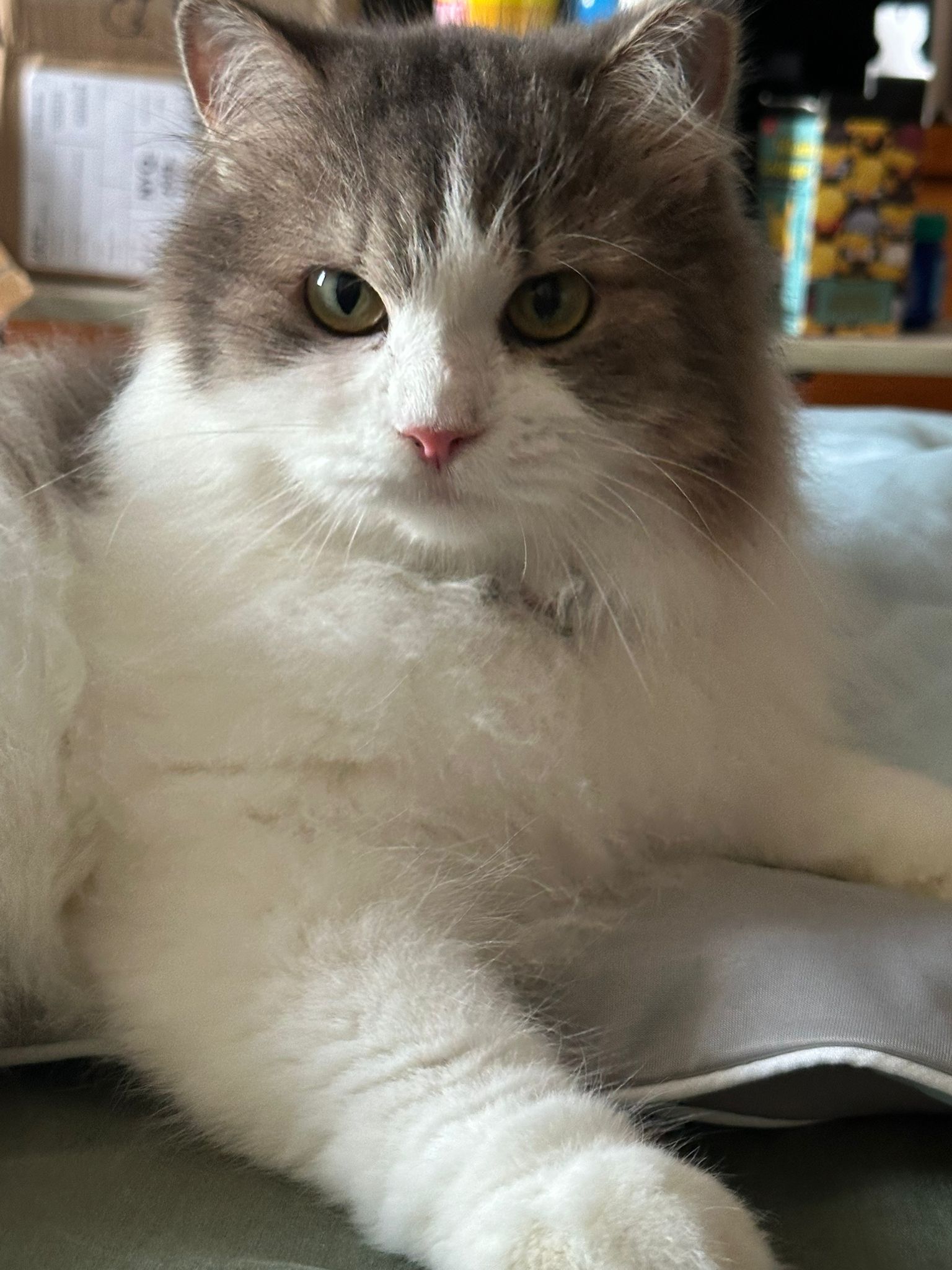

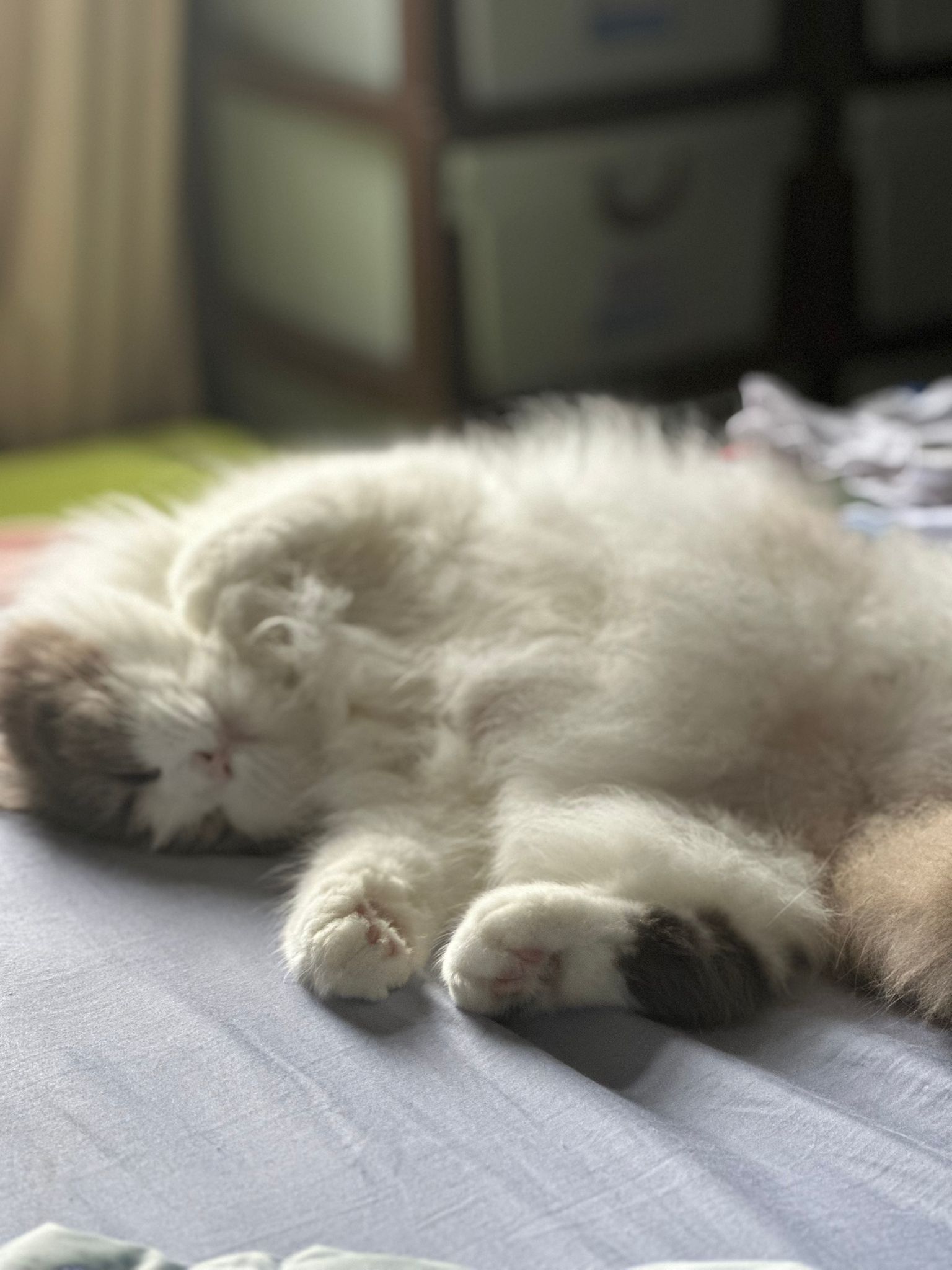
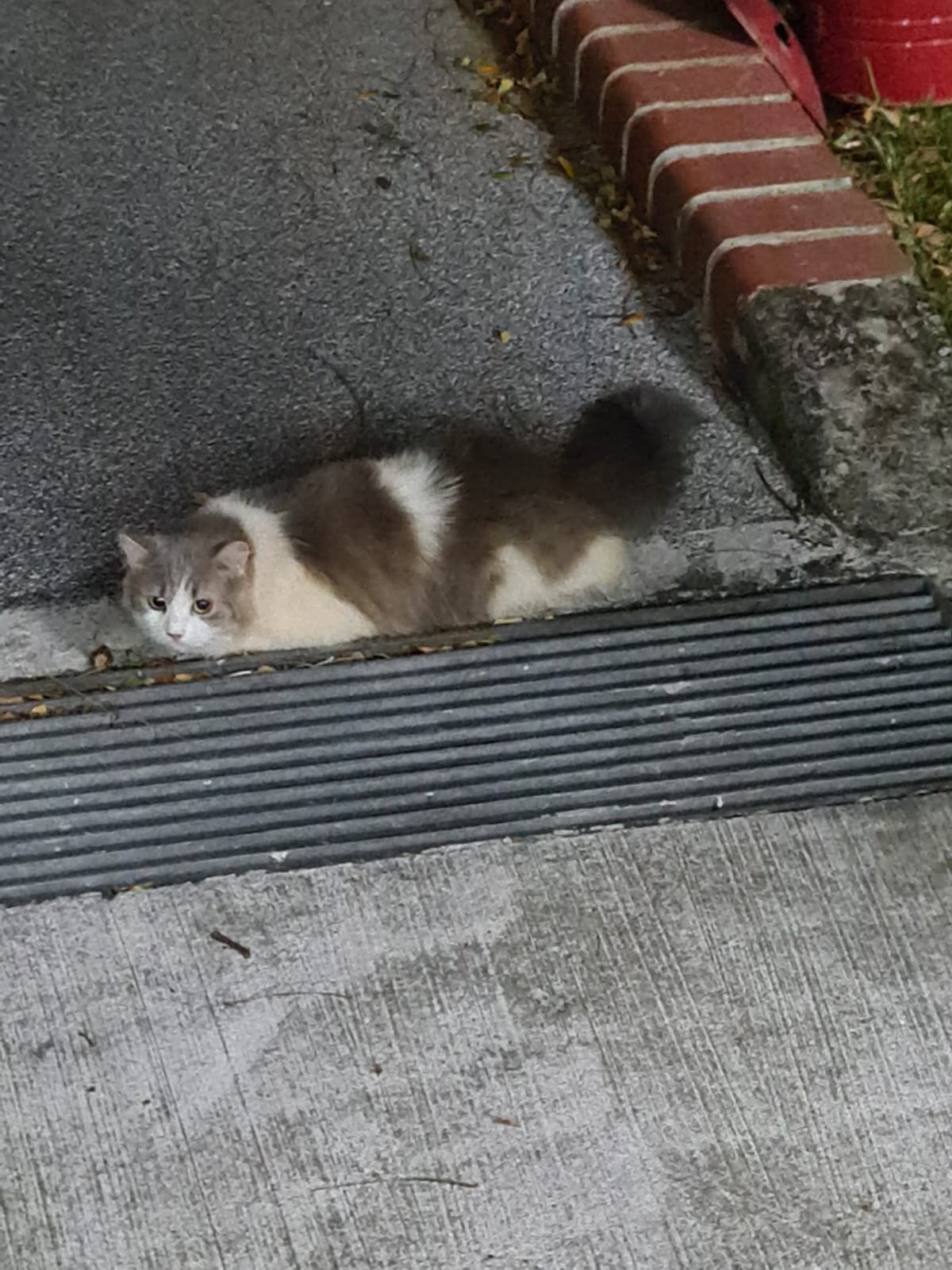
Cherry weighed only 1kg, was very weak and frail when rescued. Covered in parasites, with worms, mites, and fleas. We nursed her back to health, and was 3kg when rehomed.
She waited for her vanished owner at the same spot for months, wondering to the spots where public feeders would give her food, and sneaking into neighbours’ home for food, before finally accepting love from new hands.
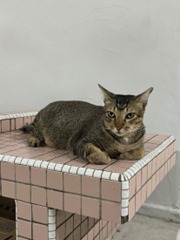
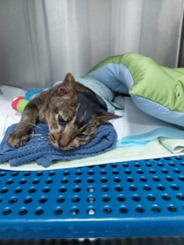
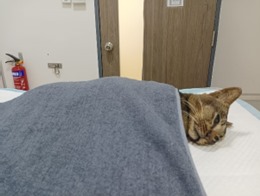
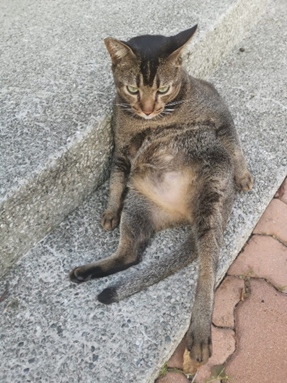
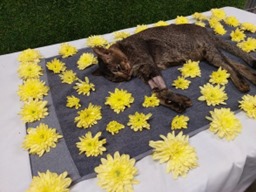
Little Anyang, the one who didn’t make it. Abused, she died from internal bleeding and with liver and kidney failure.

The last of 3 sisters. The owner died years ago, and family dumped them outside the flat. For years the 3 sisters lived on the doormat, not understanding why they were kicked out. Feeders cared for them, and one by one, two died. Now she lives on the lift landing where a public feeder takes care of her.
Their faces, and thousands like them, tell the same story — that survival is never guaranteed, but mercy changes outcomes. Every rescue is a ripple against indifference. Every adoption rewrites a fate. And each small act — a meal left out, a sterilization sponsored, a shelter funded — creates a thread in the vast web of compassion that connects us all.
Second Chances Begin With Us
Civilization is not measured by monuments, but by mercy.
If we cannot protect those dependent on us, what does our progress mean?
Cats Hope is not a slogan; it is a reminder — that kindness must be practiced, not presumed.
Adopt, don’t shop. Foster if you can. Donate to local rescuers. Educate children to see animals as kin, not clutter. And if nothing else, feed the one who waits by the drain tonight. You may be the only human who ever does. Because for the disowned, a second chance begins with the smallest gesture — and a world that still remembers how to care.
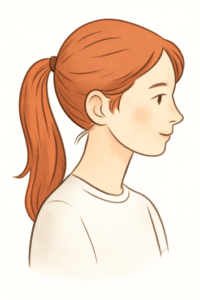
Article by Tiffany Argent , spokesperson for Cats Hope, and Digital Assets Ecommerce PTE LTD.

“Help rewrite more stories like these.”
Join our newsletter, support our campaigns, or become a foster sponsor.
